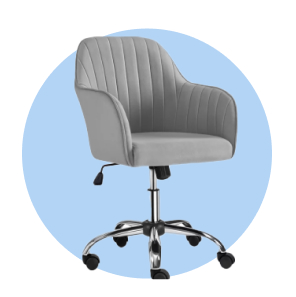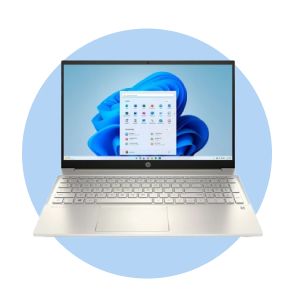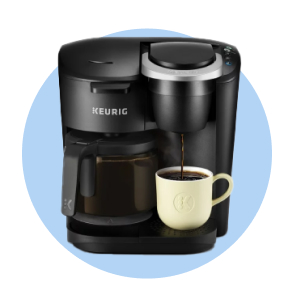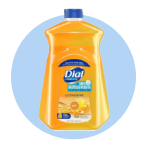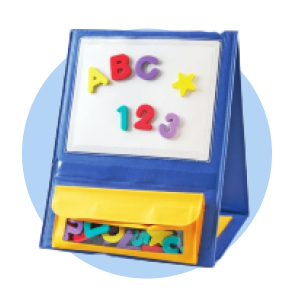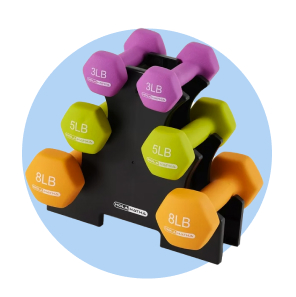
Encourage Creativity With These 7 Classroom Art Supplies
Great tools enable great work
One of the most exciting moments in a young artist’s life is discovering their medium of choice. As an art teacher, you can help students find that eureka moment by keeping a collection of exciting classroom art supplies on hand. From classic teacher art supplies like colored pencils to more outside-the-box options, this guide will help you choose a mix of mediums to inspire your students.

Classic classroom art supplies
1. Markers
Markers generally come in two broad categories: water-based and alcohol-based. Water-based markers are more common as art classroom supplies because they’re more affordable. They also don’t bleed through paper as easily, making them a good option for younger students. Markers with wider barrels are easier for young hands to hold—you may also appreciate the kind with ink that easily washes off of hands, clothes and walls.
Alcohol-based markers may cost more, but they allow for much smoother blending and come in a wider range of colors. Older, more passionate students may benefit from the extra control they provide.
Markers for younger artists tend to have bullet tips, which can apply lots of color quickly, but aren’t really meant for fine detail. Older students might appreciate the options created by markers with different tip styles:
Fine tips are useful for precise line work and patterning.
Chisel tips have a broad side for wide color application and a pointed tip for finer work.
Brush tips are often more expensive, but have the most versatility. They can apply broad color and super fine detail.
Every artist has their own tip preferences, so a mixture often works well in the classroom.
2. Colored pencils
“Artist-grade” colored pencils are typically more expensive than “student-grade” ones, but they’re not strictly better. Student-grade pencils are generally wax-based, which allows for a smooth texture that’s easy to blend. They‘re also harder, allowing you to sharpen them to a very fine point without crumbling. Colored pencils can be used for any kind of art style, from fine line to manga. They let younger students practice their fine motor control while older students can use them to practice blending shades and experimenting with different drawing techniques like outlining or cross-hatching.
Student-grade wax pencils do have one major weakness: over time, the wax in a drawing can oxidize and “bloom” into a pale haze. Upgrade to artist-grade wax pencils to avoid this effect.
3. Paints
Younger students often begin by using tempera paints. These paints are simple to use, affordable, fast-drying and vibrant. They’re also washable with water.
Acrylic paints dry a little more slowly, but often come with superior pigment quality. Because they take longer to dry, students can spend more time mixing colors. Their art will also enjoy a longer lifespan, as the plastic in acrylic paint helps it hold up to the elements.
Oil paints dry the slowest. They’re great for artists with lots of time to work, allowing them the freedom to blend paints directly on the canvas. Students don’t always have that luxury. Oil paints also tend to be more expensive than other paints, making them a more niche option for classroom art supplies.
Watercolor paints are unique in that they're typically used on specific watercolor paper instead of canvas. They tend to dry quickly and are often relatively inexpensive, but they can be challenging to work with.

Adventurous classroom art supplies
4. Block printing supplies
Block printing is similar to designing your own stamp. Students start by cutting an image out of foam, wood or linoleum, leaving behind only the parts they want to have color.
They then use a paint roller to cover the block with ink, place the paper on top and lightly but evenly press it into the block. When they remove the paper, they should have a clear, striking print of their carving.
There are two types of block printing common in schools:
Foam printing is the simplest and safest form of block printing because it’s so easy to cut. Students can make their designs by pressing a dull pencil or a pen into the foam.
Linocut printing uses special tools to carve designs out of linoleum or rubber blocks. Its smooth surface allows for more detailed designs, but it’s also harder to carve than foam. That makes it more dangerous, so students should always wear cut-resistant gloves and work under supervision.
For best results, also supply students with block printing paper and barens (a tool used to apply the print evenly).
5. Clay
Pottery is one of the most tactile and intuitive art forms, making it a great fit for kids and young adults (as long as you have access to a kiln). There are several kinds of clay to choose from, but here are some of the most popular:
Earthenware is red with a rough texture. It fires at lower temperatures than other clays and is considered ideal for beginners.
Stoneware is less porous and more durable than earthenware. It’s also highly plastic, making it another good option for young potters.
Ball clay is the most plastic option, but it’s also very slippery to work with. Inexperienced potters may grow frustrated.
Porcelain clay can create elegant, even delicate pottery, but its low plasticity makes it hard to work without cracking.
Shipping clay can be very expensive. Finding clay at a local store can make it easier to get the amount of clay you need without breaking the bank.
High-tech classroom art supplies
6. Tablet & stylus
Tablets and styluses are likely the most intuitive technology for art students. These tools let students draw, paint, blend and more on a digital screen. When they do, they can both reinforce their analog art skills and take advantage of exciting digital effects. Plus, investing in tablets for students can help you save on tools and materials for years.
Tablets come with a wide variety of features. In the classroom setting, the fewer frills, the better, as that makes the device easier to learn. Look for a full HD display, simple software and a pressure-sensitive stylus for precise work.
7. Design computers
Computers are useful for more involved digital art projects, as the wide world of software can empower students to do everything from photo editing to 3D rendering. To get the best performance from your computers, look for ones that have fast CPUs and GPUs, at least 16GB of RAM and 1TB of SSD storage.
Desktop computers tend to cost less than laptops for the same amount of performance. Opting for stationary computers can prevent students from working on their passion projects outside of school hours, but it can also reduce the risk of lost or damaged computers by keeping them under your supervision.
Fuel creativity for less with Walmart Business
Art teacher supplies don’t need to break the budget. With a Walmart Business account, you can shop a wide variety of supplies at affordable prices. Spend $35 or more, and those items ship for free.1
You can save even more with a Walmart Business+ membership. Not only does that unlock free delivery from a nearby store on orders over $35,2 but it also lets you earn 2% back in Walmart Business Rewards on purchases worth more than $250.3 All told, you could save over $500 a year.4
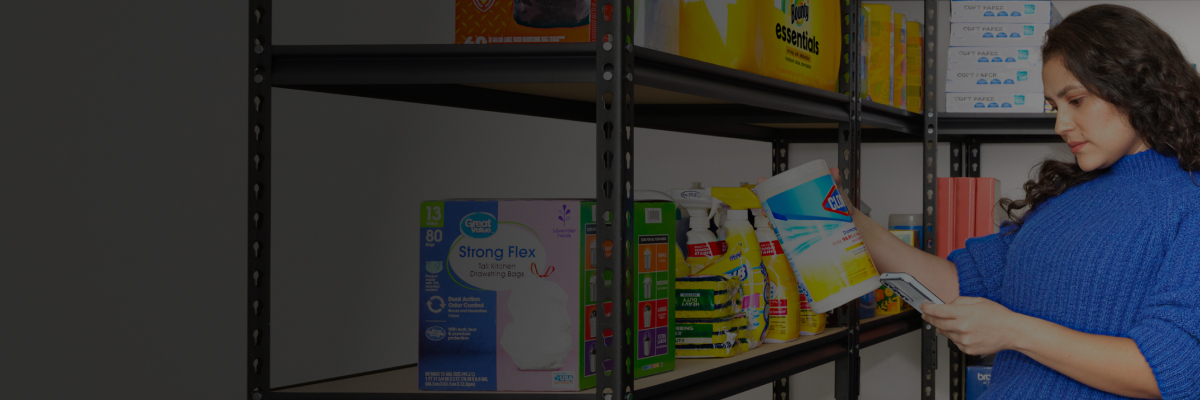
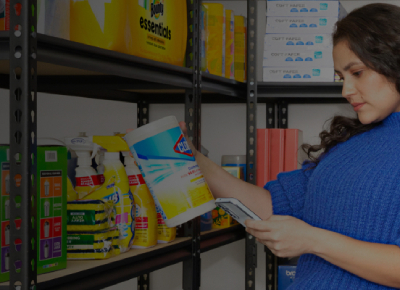
Limited-time offer
Unlock your special promo code
Stay informed on Walmart Business news & get $20 off a $100 purchase!1
1Minimum order of $100. Promo code can be used one time & may not be combined with other offers. Offer not transferable & void where prohibited by law. Customer responsible for all applicable taxes. Offer expires 12/31/2025 at 11:59pm PT. Further restrictions apply. See terms at checkout for details. Promo code offers available in limited quantities. While supplies last.
1 Excludes most Marketplace items, freight and certain location surcharges.
2 Rewards can only be used toward future purchases on Walmart Business. Additional terms apply.
3 Excludes most Marketplace items, freight and certain location surcharges.
4 Savings based on 1 free $35+ delivery order vs. $9.95 fee and 1 free shipping order under $35 vs. $6.99 fee biweekly, plus 2% Walmart Business Rewards on monthly order >$250 (average value of $400).
Exciting news awaits
Hear firsthand about new products, features & promotions.
By clicking submit, you agree to receive emails about Walmart Business and acknowledge you have read and agreed to our Terms of use and Privacy Policy.



